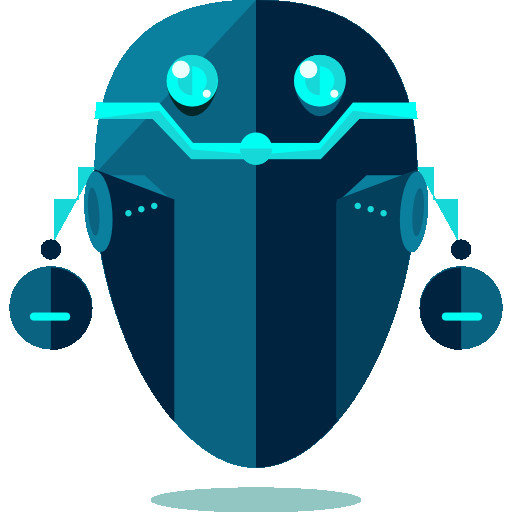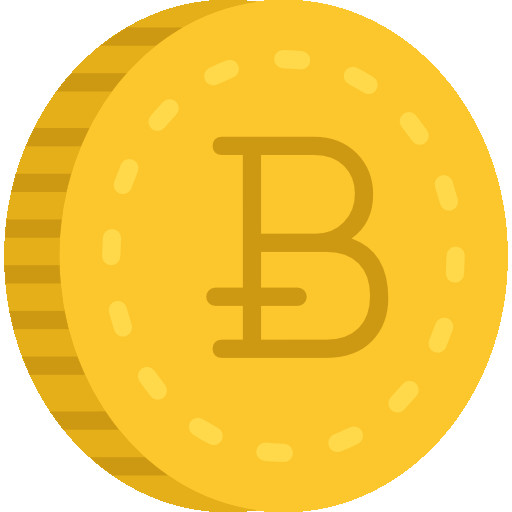We are living in one of the most exciting times for revolutionary technological breakthroughs — and these revolutions are happening more frequently and at a faster rate than could ever have been imagined in previous years. With terms like Artificial Intelligence, Machine Learning and Dep Learning all now entering into the common vernacular of application development, their use cases and importance in our daily lives have firmly been embedded for the foreseeable future. But what gave rise to the AI and Blockchain phenomenon, and why is it happening now?
Well, it could be argued the snowball effect was catalyzed by the rise of cloud computing, which offered an affordable and scalable way to process vast quantities of data and complex number crunching for the masses. The affordability and scalability allowed various applications using AI and Machine Learning techniques to be available on a commercial scale. Ever wonder how Google Translate got so accurate or how Netflix became so good at guessing new content you’d love? Never before could individuals, businesses, or enterprises have access to near unlimited processing power at costs a fraction of what they were just a decade before.
And while events in technology usually start with a revolutionary breakthrough and are followed by subsequent evolutionary iterations (think iPhone 1, then iPhone 3G, etc.) — we are currently seeing not one but two of these global revolutions happening as we speak. The one we are talking about today is Blockchain.
History:
In 2008, a published white-paper released by the pseudonym Satoshi Nakamoto outlined a groundbreaking solution that seemingly solved a problem that had statisticians and mathematicians scratching their heads for years. This problem was known as Double-Spending and was seen as a potential flaw in digital currencies. With physical currencies, the parties involved in a transaction can immediately verify the bonafides of the physical currency, not to mention the difficulty in replication of the currency itself. With digital currencies, however, they face the risk that the currency can be spent twice. This is known as Double-Spending.
In Satoshi Nakamoto’s white-paper, he presented a solution that combined cryptography, game theory, and computer science as the foundational blocks for a revolutionary new distributed database. With this new theory in mind, Satoshi argued that his new ledger system allowed multiple parties to verify transactions confidently.
The currency that Satoshi outlined in his white-paper was referred to as Bitcoin, the first digital medium for the exchange of a value that wasn’t physical currency. It was revolutionary in that it was the first time an exchange between two parties could transact value amongst each other without relying on third-party involvement.
The Birth Of Blockchain:
Blockchain is a shared ledger for recording the history of transactions. Because of the way transactions are created, stored, and recorded in blocks (which are validated by the network and then connected in Chains), the details of each transaction cannot be altered.
Imagine starting a conga line, you’re the first and you have the number 1 tattooed on your forehead. (Silly, I know, but hear me out.) If someone were to join you and go in front, they would get a number 2 tattoo. You’re responsible for verifying that there is one person in front of you. Should a third person join, they would get a tattoo of a 3 and be in front of the second person. That second person can easily verify that there is one person behind them and one person in front. If someone new were to force their way into any of the first 3 spots, the conga would dissolve because everyone would know that this person was a) not invited to join the conga, and b) did not join in the correct sequence. This chain of command creates a watertight and foolproof means of verification.
Now while Bitcoin’s underlying technology is built off a version of Blockchain, the two aren’t necessarily interchangeable. Interestingly enough, however, Bitcoin is the first application to be built using Blockchain technology, hence us explaining it and their unique connection to one another.
The Basics:
Breaking Down the Technicalities
Let’s now take a look at all the technical components that make up a Blockchain.
A Block:
We’re all familiar with the concept of how databases work, by allowing the storage of data into specific records. For example; Name, Date of Birth, Contact Number etc.
A Block is no different in the sense that it is the encapsulated data of the specific transaction (Name, Date Of Birth, etc).
Hash:
In order for a Block to be identifiable, it is given it’s own unique hash key. Each hash key is completely unique to the data supplied in the Block. Change the data in the Block (First Name, Date of Birth, etc) and a completely different hash key is generated – we call this a Signature. The hash of the block is generated from the data in the block, and used in the Block Header.
Block header:
The Block header, not too dissimilar to metadata, is located at the top of the block, and holds fields that provide a unique summary of the entire block. Simple enough.
Data:
This is where all the data pertaining to the transaction/application are stored. (Customer Name, Monetary Value, Time, etc).
A Blockchain:
So we’ve established that a Blockchain consists of a Block header. This Block header has a field that references the previous blocks hash key, which allows for a continuous link or chain of blocks that are undisputed and unbroken due to their connection with one another. Remember my conga example?
As you can see from the illustration above, because of each blocks reference to the previous block, it creates a chain that cannot be broken or altered. If any data in one of the blocks were to be changed, a new hash key would be regenerated and the entire chain would be invalidated.
The Network:
Probably the most fundamental part of how Blockchain works and differs from traditional databases is its makeup of computing nodes, a collection of these nodes is known as the Network.
The Node:
The Node, or party, automatically gets a copy of the blockchain the moment a new computer connects to the blockchain network. This network is decentralized, meaning that every involved node/party has the exact same record of the blockchain. Each node involved in the blockchain is also involved in solving computational puzzles, which we mentioned earlier would reward them with a share of the prize (or bitcoin).
Node Responsibility:
The node is key to maintaining the referential integrity of the blockchain network, so if any data in a block is changed, the entire network immediately knows and the transaction is rejected. It is this mutual confirmation by all nodes that ultimately approve the transaction.
The Distributed Ledger:
All nodes involved in a network add their own blocks, as well as receive a full copy of all the blocks in that network. This is what is known as the Distributed Ledger.
Example Use Cases:
The use cases for Blockchain seem to be growing by the day, in fact, any process that involves holding transaction data could benefit from Blockchain technology.
Financial Markets:
Blockchain also naturally lends itself to many problems in Financial Markets, particularly those associated with trade and trade settlement. The global FX market is limited by the lack of standardized payment netting process for trades not settled within the current CLS environment, forcing institutions to intervene manually to complete the process. This leads to inconsistent netting approaches, resulting in higher costs and increased intra-day liquidity demands. Blockchain technology, Hyperledger based platform, can facilitate netting for buy-side and sell-side institutions on FX trades that sit outside the CLS settlement service to deliver a standardized suite of post-trade and risk services across the entire FX market.
This platform is also being investigated by Exchanges, CCP’s and Securities Houses for equity and bond trading and settlement platforms. Leading the way is the Deutsche Bourse which is consulting with clients, regulators and central banks on the possibility of a Hyperledger platform.“Developing and launching new cutting-edge offerings is core for Deutsche Börse,” said Carsten Kengeter, CEO of Deutsche Börse AG. “Distributed ledger technology has remarkable potential. With this pilot, we are adding another pioneering element in the area of payments and value transfer to the debate around blockchain. We look forward to further consulting with clients, regulators and central banks on our project.”
Other areas include:
Payments:
- Being able to send digital funds, in real-time, which would cut costs dramatically by removing the middleman.
- Because of it being decentralized, it removes government intervention and regulatory pressures.
- Impossible to counterfeit
- Reduces fraud and potential errors
Supply Chain Management:
- Traceability and transparency across the entire supply chain.
- Updated in real-time
- Reduction in fraud
- Improvement in inventory management
Voting and Digital Identity:
- A potential future where voting and citizen identifiers can be used, greatly reducing voter fraud and identity theft.
- Potential to eradicate foreign country sponsored political hacking attempts.
- One sign-in or directory to store all of an individual’s personal details, from Driving License, Medical Records, Credit Score, etc.
So, can a Blockchain Network be hacked?
It’s difficult, but if a network only consists of 100 nodes, a hacker with access to an enormous amount of computational power could attempt to gain control of the majority of the nodes, thereby creating a majority and allowing for fraudulent transaction manipulation. The more nodes in a network, the great computational power required to attempt to hack it. Therefore, the more nodes involved in a network, the more secure it becomes.
This article was written with special thanks to the following sources:
Sources:
- https://www-01.ibm.com/common/ssi/cgi-bin/ssialias?htmlfid=XI912346USEN&
- https://www.linkedin.com/pulse/blockchain-piyush-daftary/
- https://hbr.org/2017/02/a-brief-history-of-blockchain
- https://hackeducation.com/2016/04/07/blockchain-education-guide
- https://blockgeeks.com/guides/blockchain-applications/











Comments